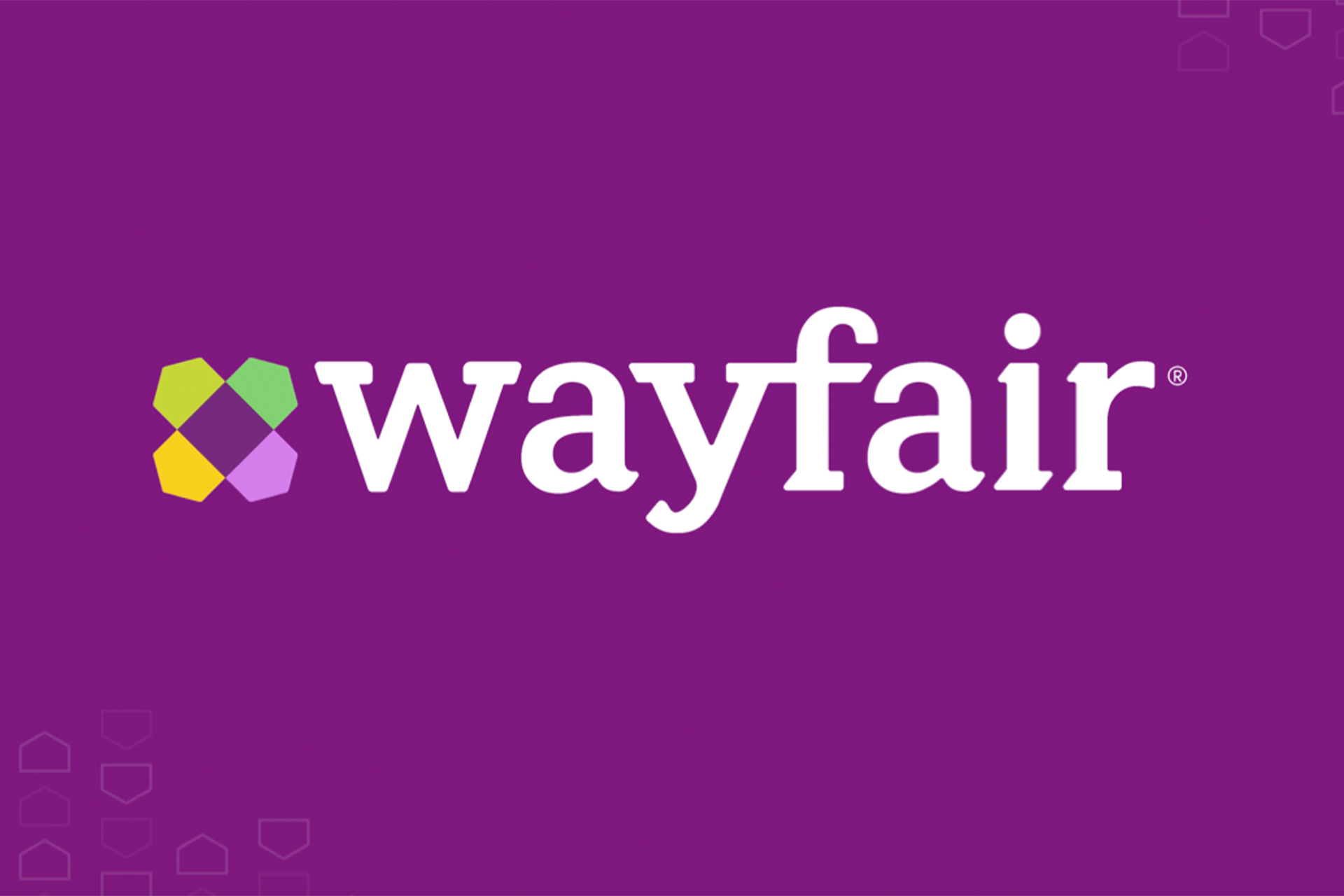With an eye to increasing momentum, Wayfair gained traction on its turnaround strategy in the second quarter, posting adjusted profits among its better results and easily beating Wall Street estimates.
Net loss was $46 million, or 41 cents per diluted share, versus a net loss of $378 million, or $3.59 per diluted share, in the quarter a year prior, the company reported. Adjusted for one-time events, net income was $24 million, or 21 cents per diluted share, versus a loss of $204 million, or $1.94 per diluted share, in the period a year earlier.
Wayfair beat a Yahoo Finance-published analyst consensus estimate for a loss of 74 cents per adjusted diluted share and for revenue of $3.1 billion.
Net revenue was $3.17 billion versus $3.28 billion in the year-previous period. Loss from operations was $142 million versus $372 million in the year-before period.
Revenue generated in the United States was $2.79 million versus $2.8 billion in the year-past quarter, while international revenue was $386 million versus $488 million in the 2022 period.
In a conference call, Niraj Shah, Wayfair CEO, co-founder and co-chairman, said the company had driven $1 billion in run-rate savings, which helped the company’s financial improvements. As the company’s strategy advances, Shah said Wayfair’s net revenue should return to positive year-over-year growth in the company’s third quarter. In addition, he maintained, Wayfair had gained market share, with net revenue down about 3% during the quarter in a furnishings market that reliable market research suggested has suffered a volume decline of between 10% and 20%.
Shah noted that Wayfair is encouraged by recent customer data including sequential growth in active customer count and resulting order activity.
“It’s crucial to know that improvement in order momentum is not a function of isolated success in any particular class or with a specific group of shoppers but has been broad-based across both our customer file and our catalog,” he said. “This is an important point of validation for our customer acquisition strategy, which looks to build lifetime shoppers and make Wayfair a core part of their shopping habits.”
He asserted that Wayfair has reached a point where it can invest in growth even as it improves profitability.
In announcing the second quarter financial results, Shah said: “Last year, we laid out a plan to strengthen our business that included a path to sustainable and growing profitability with several key milestones. For the past few quarters, you’ve seen us execute against that plan to lower our costs, focus on the basics and earn more customer and supplier loyalty. And you’ve seen the tangible impact of this plan as our performance has continued to improve. I’m pleased to share today that we’ve passed one of our key milestones and we are reporting positive adjusted EBITDA and positive free cash flow. This is in combination with a return to momentum in our top line with positive year-over-year order growth, and sequentially higher active customer count, all while investing in initiatives for future growth. This is how we ran the business for our first decade and how we’ll continue to do so going forward: profitable while investing for growth. We think we are now in a very exciting place, having scale while remaining ambitious and entrepreneurial, and we plan to take full advantage of this.”





